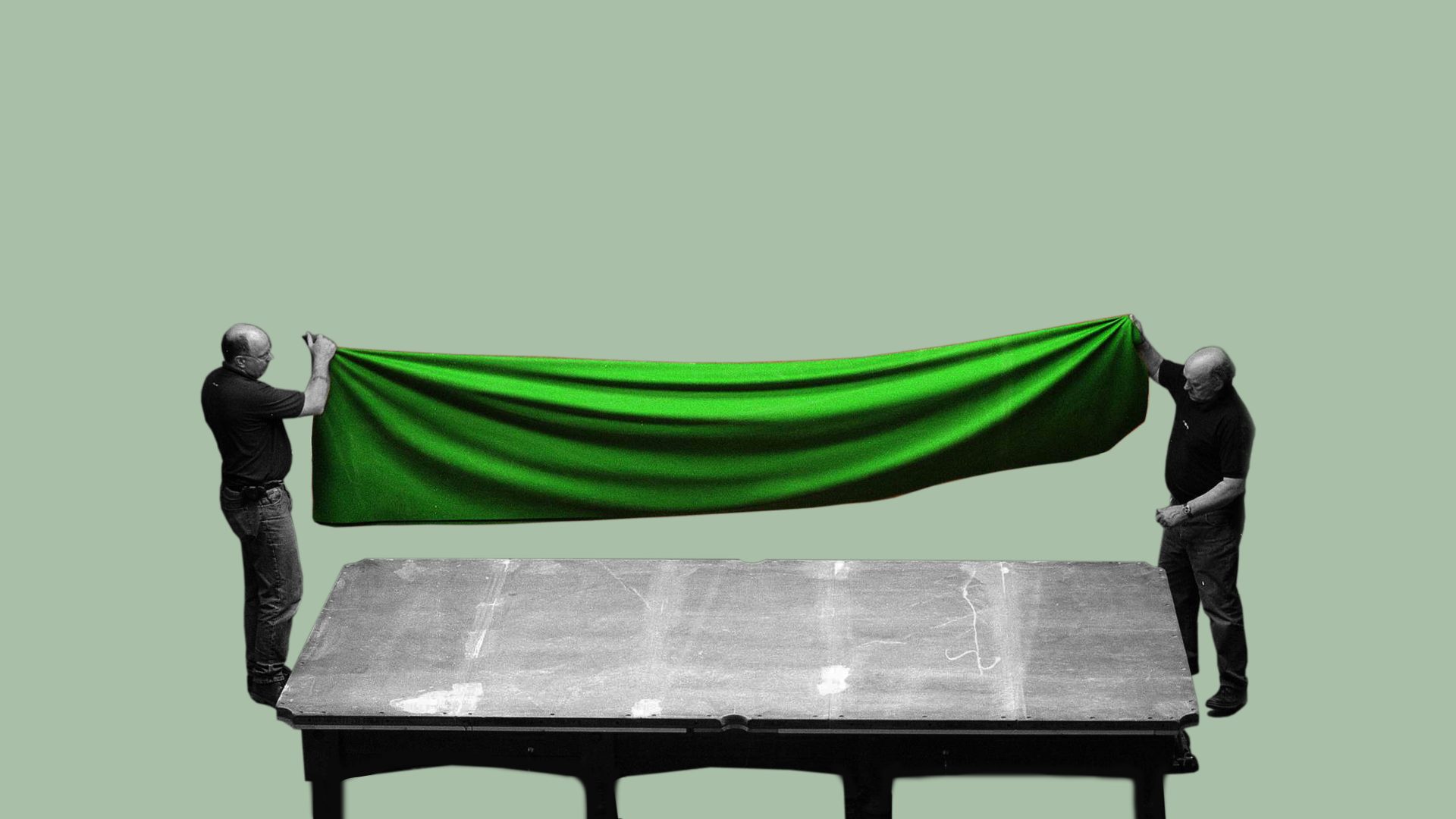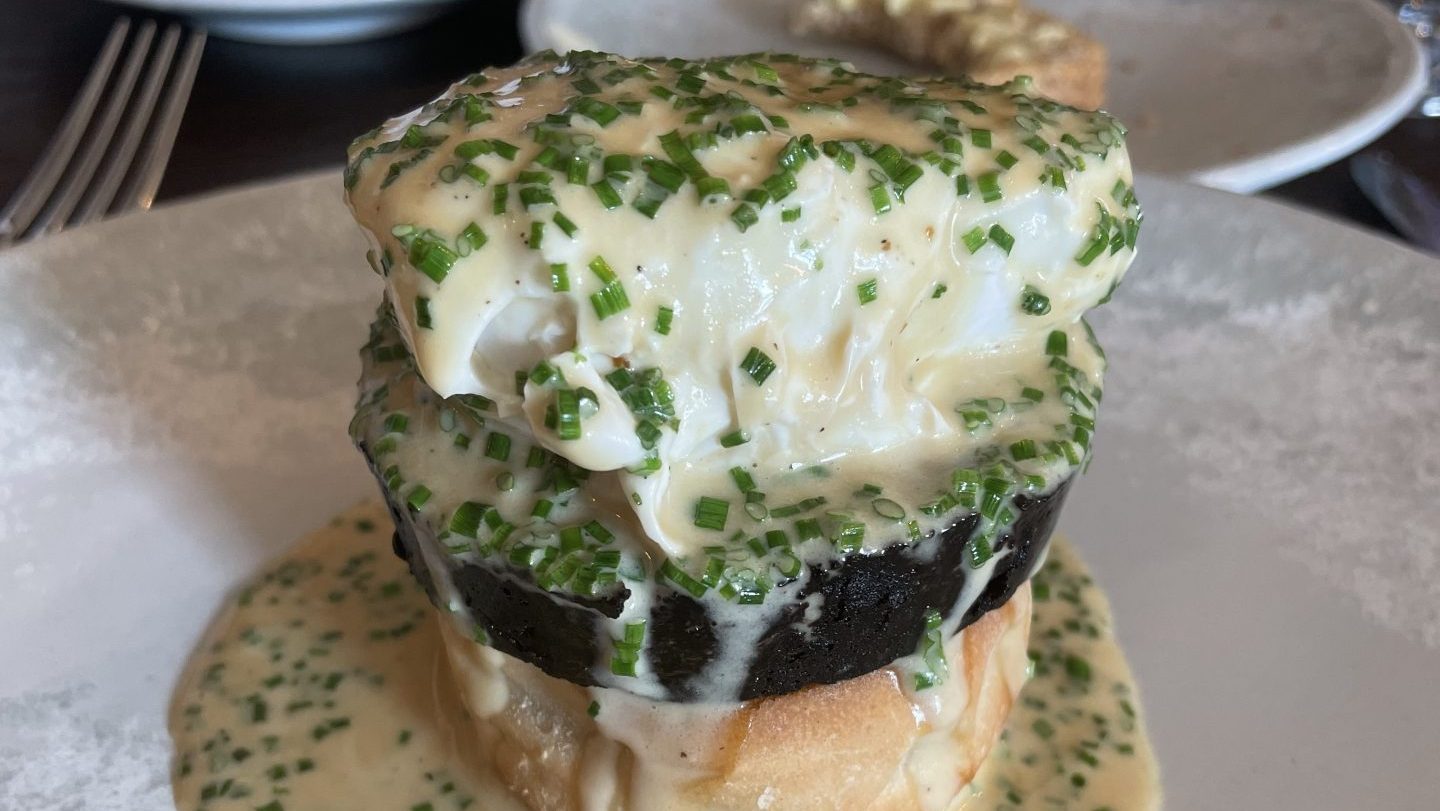It used to be said of young men who had misspent their youth in billiard halls that they had acquired a “green baize tan”, the point being that snooker tables, and other such smooth playing surfaces like card-tables, were normally covered in green baize, a cloth originally made from wool.
The word baize made its first appearance in English in the 1500s, presumably because that is when the material itself also first appeared on this island. In the 1600s there was a popular verse which ran “Hops, heresies, bays, and beer / Came into England all in one year”. The year in question seems to have been 1525, when William Tyndale’s English translation of the New Testament first appeared in print – hence the reference to “heresies”.
Some versions of the verse have it that the heresies, hops and baize all came into England “in the same ship”, and it was certainly true that they all made their way across the sea from Europe. Tyndale’s bible was printed in Germany; hops came from Germany and the Netherlands – with the word
hop probably being borrowed from the Dutch along with hops themselves – and baize came across from France.
The earliest baize cloths were chestnut in colour, rather than green; and the word baize comes from French bai. This descended from the rare Latin adjective badius – known only from the writings of the great Roman scholar Marcus Terentius Varro (116-27 BC) – meaning ‘chestnut-coloured’, most often used of horses.
Since the first appearance of these bay-coloured cloths in Britain, something linguistically very interesting has happened. It is rather well known that the Mediaeval English singular noun pease ‘pea’ was gradually reanalysed by English speakers as being a plural form, peas, giving rise to a new singular form pea (though we still do have the term pease-pudding). Similarly, the singular noun cherise (compare this with French cerise) was reinterpreted as being plural, and so a new singular form cherry developed, probably in the 14th century.
Another much more recent example is kudos ‘glory, renown’. This was a singular noun in Ancient Greek and was borrowed into English as such in
the 1800s. By the 1940s, it was being reinterpreted by some people as a plural noun because of the s at the end, giving rise to the new singular form kudo, meaning something like ‘praise for something well done’.
This reanalysis happened initially in American English, and it was some decades before instances started appearing in Britain. The first British citation of the new plural meaning of kudos, dating from 1972 according to the Oxford English Dictionary, is the very obviously non-American “this
below-strength Chelsea side captured the few kudos that were going”.
Baize is a fascinating example of the reverse process: it is the result of a
plural noun being reinterpreted as a singular. It was originally the plural
form of bay, spelt bays in Elizabethan times, meaning ‘bay-coloured cloths’.
But the word gradually came to be reinterpreted as a singular, and written
baize, without the letter s which is the normal indication of plurality in
modern written English.
So since the 16th century, the colour normally associated with the word baize has changed, and so has its grammatical status.
CHESTNUT
Chestnut was originally chesteine-nut, where chesteine had the same source as French châtaigne and German Kastanie ‘chestnut’, possibly coming from Greek. The Modern Greek word for ‘chestnut’ is kástano, which may have come from the name of the Ancient Greek city Castanea. But, equally, the city may have been named after the nut…




